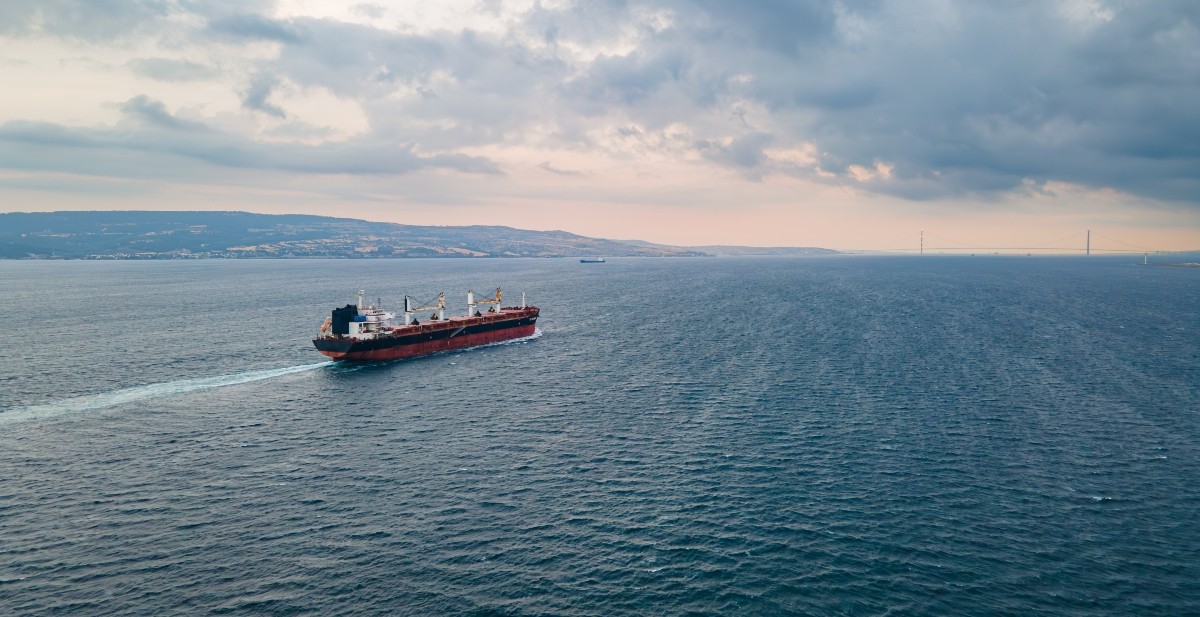How Baltic Exchange is helping shipping navigate the road to environmental regulation
By Martin Crawford-Brunt, Emissions Lead at Baltic Exchange
The shipping industry is preparing for a significant shift in environmental regulation, with formal ratification of new International Maritime Organization (IMO) measures anticipated this October. While final details are still being finalised, many in the sector expect the regulations to pass largely unchanged, placing growing pressure on shipowners and operators to prepare for a future that remains uncertain.
These regulations represent a clear shift from those seen in the past. Instead of setting fixed rules in response to specific incidents, the new measures focus on overall goals and outcomes. Crucially, there is no one-size-fits-all approach, so success for shipping players will rely on understanding what “good” looks like in terms of commercial performance, operations, and environmental impact.
This is where Baltic Exchange plays a vital role. Acknowledging the need for clarity and credible data, it has developed a suite of free-to-access tools available on the Baltic homepage under the emissions tab to help members navigate this evolving landscape. From decarbonisation calculators to benchmarking services, these resources are designed to assess the commercial implications of fuel choices and technological investments, allowing members to move forward with confidence. Feedback on how the calculator is used or suggestions for improvement are very welcome and can be sent to emissions@balticexchange.com.
This practical support is already proving valuable. Take LNG, for example, which is often seen as a transitional option when it comes to decarbonising operations. How effective it is depends on a wide range of factors, including the type of engine used on board, the route the vessel takes, and the equivalent energy factors compared to traditional heavy fuel oil.
These are the kind of details that Baltic’s tools are helping to uncover. More generally, they let users test assumptions, work out payback periods for energy-saving devices, and plan realistic strategies for staying compliant in a complex and changing landscape.
Efficiency is emerging as a key marker of success. Some technologies are already delivering returns in under two years, highlighting that emissions reductions can align with commercial objectives, even ahead of regulatory mandates. But the focus extends beyond hardware. Operational and contractual efficiencies are also under scrutiny, with Baltic’s data offering insights into where the biggest gains can be made.
At the same time, market-based mechanisms are becoming more prominent, offering a bridge between regulation and real-world decision-making. Baltic’s indices and pricing tools provide timely, transparent signals, as demonstrated during the Red Sea crisis, when the TC20 index responded immediately to shifts in voyage routes via the Cape of Good Hope. As new cost structures emerge, from FuelEU Maritime charges to biofuel premiums, these insights are more essential than ever.
Still, there are big challenges ahead. Certified alternative fuels are hard to get hold of. Gaps in the rules could lead to unexpected problems. And for smaller operators, investing in costly retrofits or newbuilds is a tough ask without clearer guidance on which technologies will last, and who will end up paying for them.
Amid this uncertainty, Baltic Exchange continues to reinforce its position as a trusted, impartial partner. By grounding its tools in real-world data and working closely with the industry, it is helping members shift their focus from speculation to informed action.
As the sector approaches MEPC ratification in October, those who understand their numbers, and what strategic, commercial, and environmental success looks like for their operations, will be best equipped to lead through the transition.
Please click here to access the Emissions page and find out more.
